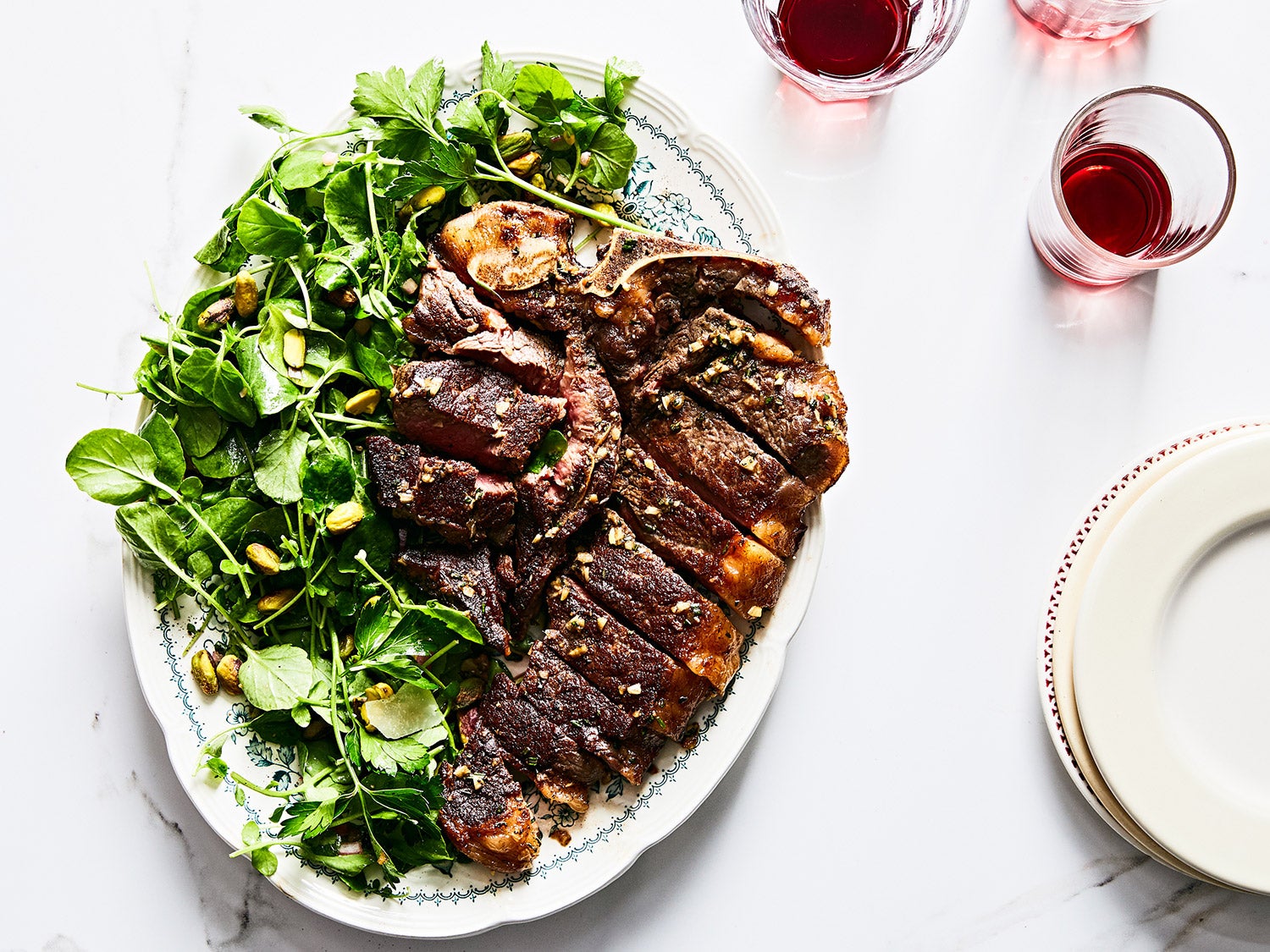Kajmak
kaymak
Kaymak, sarshir, or qashta/ashta is a creamy dairy food similar to clotted cream, made from the milk of water buffalo, cows, sheep, or goats in Central Asia, some Balkan countries, some Caucasus countries, the Levant, Turkic regions, Iran and Iraq. The traditional method of making kaymak is to boil the raw milk slowly, then simmer it for two hours over a very low heat. After the heat source is shut off, the cream is skimmed and left to chill (and mildly ferment) for several hours or days. Kaymak has a high percentage of milk fat, typically about 60%. It has a thick, creamy consistency (not entirely compact, because of milk protein fibers) and a rich taste. The word kaymak has Central Asian Turkic origins, possibly formed from the verb kaymak, which means 'melt' and 'molding of metal' in Turkic. The first written records of the word kaymak is in the Dīwān Lughāt al-Turk of Mahmud al-Kashgari. The word remains as kaylgmak in Mongolian, which refers to a fried clotted cream, and with small variations in Turkic languages as qaymaq in Azerbaijani, qaymoq in Uzbek, қаймақ in Kazakh and Shor, каймак in Kyrgyz, kaymak in Turkish, gaýmak in Turkmen, კაიმაღი (kaimaghi) in Georgian, καϊμάκι (kaïmáki) in Greek, and кајмак (kajmak) in Serbo-Croatian, caimac in Romanian. This dairy food is called sarshir (سَرشیر) 'top of the milk' in Iran. They use this name because after boiling milk, a layer of fat stands on the top of the boiled milk.
Source: Wikipedia
:max_bytes(150000):strip_icc()/traditional-serbian-kajmak-recipe-1135791-hero-01-4cfbd4a92cbd4dce83ae0ade3d221069.jpg)
:max_bytes(150000):strip_icc()/quick-kajmak-recipe-1135792-hero-01-5c291505c9e77c000196aaa3.jpg)

:max_bytes(150000):strip_icc()/1061194-03e39787c6be4d15a93eb1db64c3cf16.jpg)



